Table of Contents
Introduction
Understanding Globalization in the Age of AI
In today’s rapidly evolving world, it’s becoming increasingly evident that Artificial Intelligence (AI) is a game-changer for many sectors. But one of the most profound areas of impact is the landscape of globalization. Traditionally, globalization is the interweaving of economies, cultures, and societies, making our world feel like a smaller, more connected place. Yet, as we usher into the digital age, the very definition and implications of globalization are being rewritten, with AI as its chief architect.
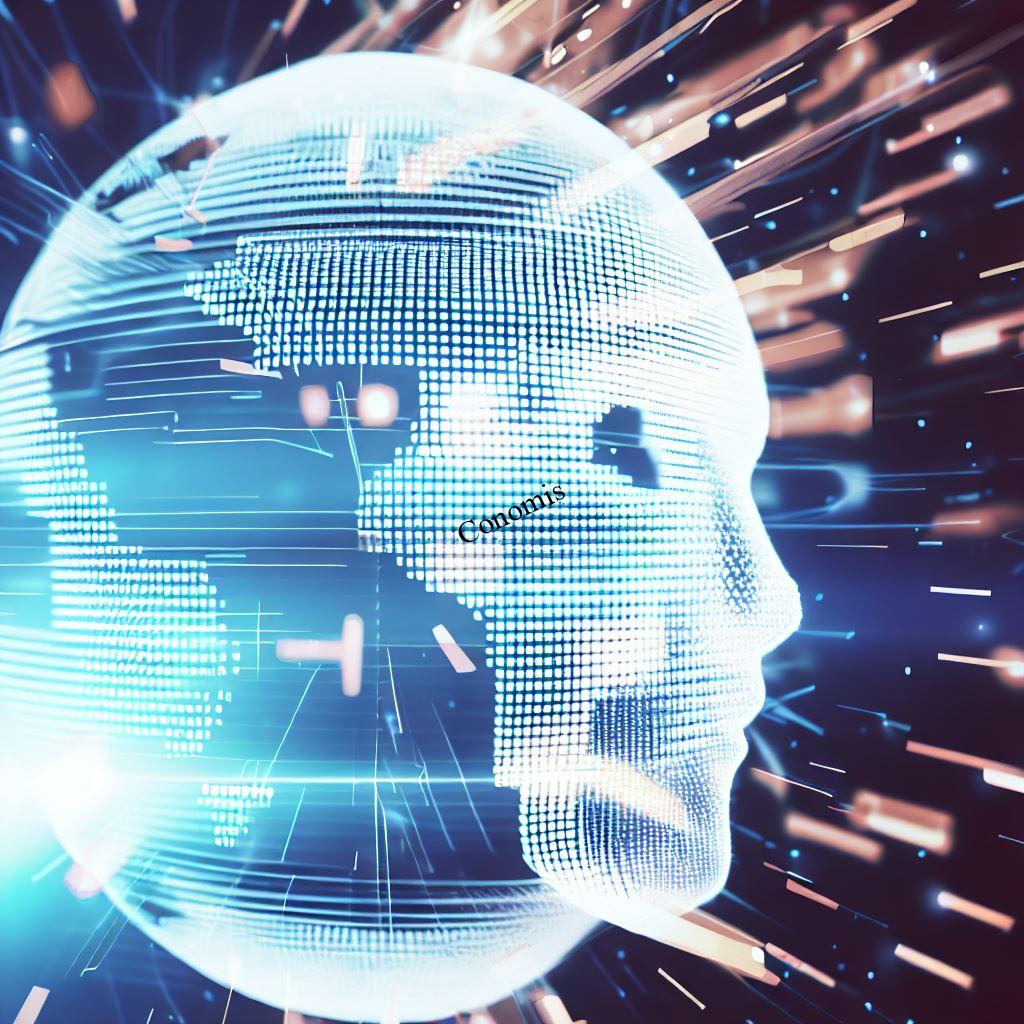
At the core of this transformation is the immense power of AI to process, analyze, and utilize vast amounts of data in real-time. This has catalyzed a series of innovations that are redefining international interactions. A vivid illustration of this is the rise of AI-driven platforms designed to bridge geographical and economic gaps. Consider, for instance, the potential of an AI system that seamlessly connects a farmer in a remote African village to a consumer in bustling Europe. Such a platform would not only optimize trade logistics but also offer fairer prices to producers, sidestepping layers of middlemen.
Moreover, AI’s potential isn’t limited to agriculture. From global financial systems leveraging AI for real-time trade predictions to healthcare applications that offer universal solutions irrespective of boundaries, the world is on the cusp of a new globalization era. What we’re witnessing is not just a technological revolution; it’s a societal shift, ensuring that the benefits of globalization are more equitable, efficient, and widespread than ever before.
The Rise of AI and Cutting-edge Technologies
When people hear the term “Artificial Intelligence,” their minds often wander to images of humanoid robots or helpful virtual assistants, like the ones portrayed in sci-fi movies. However, the real-world implications and applications of AI go far beyond these imaginative representations.
Artificial Intelligence stands at the forefront of a new technological epoch. Its influence is so vast that it’s not just about creating smarter machines; it’s about reshaping the very way we live, work, and interact on a global scale. From healthcare, where AI algorithms can predict patient ailments before they manifest, to the financial sector, where real-time data analysis can forecast market trends with astonishing accuracy, AI’s imprint is unmistakable.

The ripple effects of AI’s integration are felt in economies worldwide. Traditional job roles are evolving, and entirely new careers are emerging, catering to the nuances of an AI-driven era. Small businesses harness AI tools for better customer engagement, while mega-corporations use it to optimize supply chains, making them more resilient and efficient.
Moreover, on the global stage, AI is revolutionizing interactions. Real-time language translation breaks down communication barriers, fostering deeper international collaborations. Predictive models guide policymakers, enabling them to make informed decisions that could impact millions.
In essence, the rise of AI and cutting-edge technologies is not just a testament to human innovation but a beacon heralding a new age of enhanced productivity, improved global cooperation, and a more interconnected humanity. As we navigate this era, it’s crucial to understand that AI’s realm extends far beyond robots—it’s intricately woven into the tapestry of our evolving global narrative.
The Dynamics of Globalization
Historical Perspective
The concept of globalization is not a novel invention of the modern era. Its roots extend deep into history, connecting civilizations, fostering trade, and facilitating cultural exchanges. One of the most iconic symbols of ancient globalization is the Silk Road, an intricate network of trade routes that once connected the East to the West. This ancient highway not only transported goods but also ideas, philosophies, and innovations, laying the foundation for a more interconnected world.
Yet, if the Silk Road represents the infancy of globalization, today, we stand at its zenith, propelled by the relentless march of technology, notably Artificial Intelligence (AI). Modern globalization, turbo-charged by AI, is not just about physical connections but digital integrations that make real-time collaborations feasible across continents.
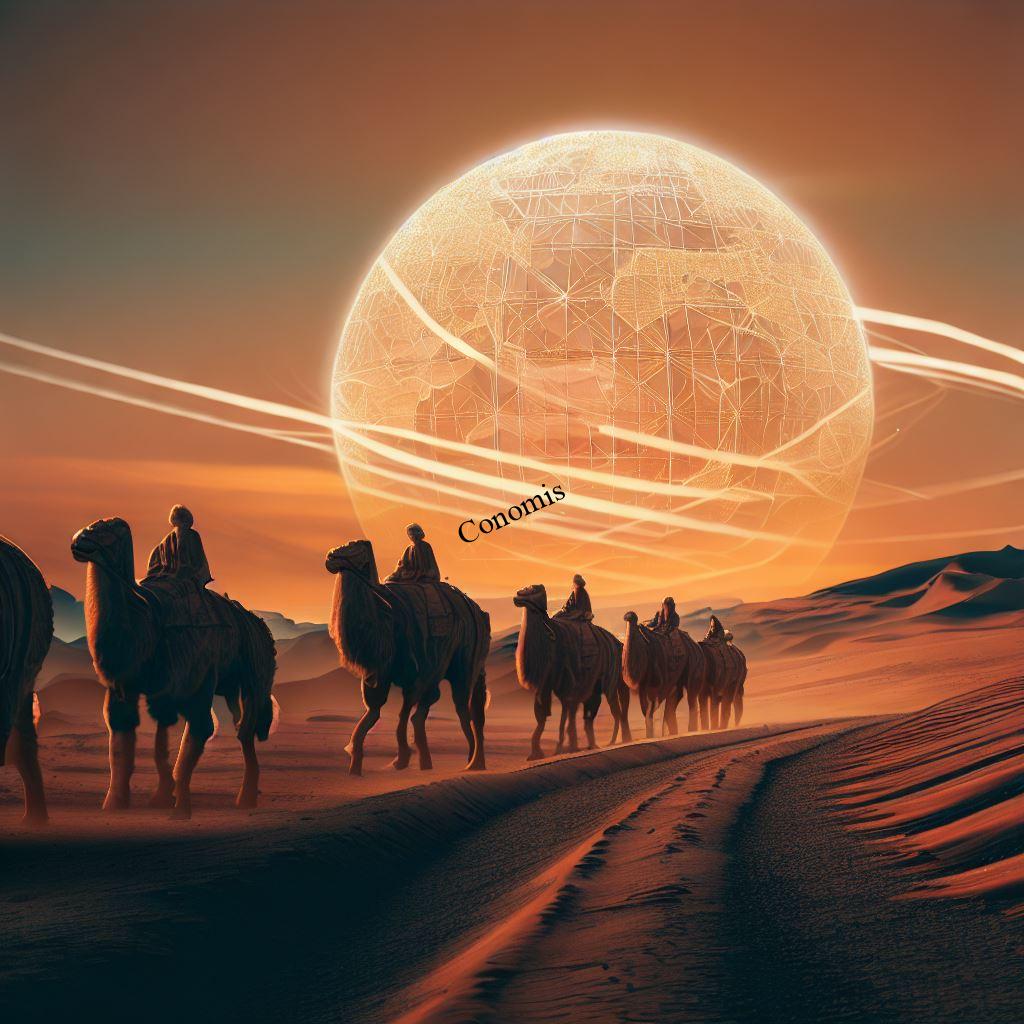
Imagine a global boardroom where decisions impacting millions are made in seconds, guided by AI-driven insights. Or consider international research collaborations where scientists from different corners of the globe work synchronously, their efforts coordinated by smart algorithms. These scenarios are not mere conjectures; they’re the realities of our AI-infused global landscape.
The beauty of today’s AI-powered globalization is its immediacy and efficiency. Transactions, communications, and decisions that once took days, if not weeks, are now executed in mere moments. This acceleration has not only enhanced global productivity but also enriched the fabric of international relations, ensuring that humanity progresses as a cohesive, integrated entity.
As we reflect on our past, we must acknowledge that while historical events like the Silk Road set globalization in motion, it is contemporary innovations like AI that are truly defining its pace, scope, and potential.
Key Players in the Global AI Arena
In the realm of Artificial Intelligence, the playing field has transformed dramatically over the past few years. Traditionally, nations with robust technological infrastructures and multinational corporations with vast resources were considered the primary drivers of AI innovations. They held the reins, steering the direction and pace of AI advancements. However, today’s AI ecosystem paints a more intricate and diverse picture.
Enter the AI startups and individual innovators – the unsung heroes in the vast AI panorama. While they may not have the same financial firepower as tech giants or the policy influence of nations, their role in shaping the global AI trajectory is undeniable. These startups and innovators often operate on the cutting edge, willing to take risks and challenge the status quo. They incubate fresh ideas, test novel algorithms, and introduce disruptive solutions that often become industry benchmarks.

What’s more, their agility allows them to adapt quickly to emerging trends, ensuring that their innovations are timely and relevant. Their ability to work across borders, collaborating with international peers, amplifies their impact, making them central players in the global AI arena.
These startups, bolstered by visionary founders, are not just contributing to technological advancements; they are shaping societal shifts. From AI-driven healthcare solutions that promise universal access to groundbreaking eco-friendly technologies that leverage AI for sustainability, their influence is both profound and pervasive.
In essence, while countries and multinationals remain formidable entities in the AI domain, it’s the startups and individual innovators who are the pulse, the beating heart driving global AI trends, and carving out the future.
AI’s Evolution and Its Impact on Globalization
Pioneering AI Innovations
In the expansive universe of technology, Artificial Intelligence (AI) shines brightly as one of the most transformative forces of our age. Its potential is vast and ever-evolving, often surprising even the most seasoned tech aficionados with its innovative applications. AI models that anticipate global market fluctuations or machine learning algorithms designed to optimize international logistics are impressive, no doubt. However, they represent only a fraction of the iceberg’s visible tip, with a multitude of pioneering innovations submerged beneath the surface.
Consider the healthcare sector, where AI systems can sift through vast datasets to pinpoint early signs of diseases, long before they manifest into significant symptoms. Or the realm of agriculture, where AI-driven drones can monitor vast farmlands, assessing soil health, and ensuring optimal crop yields.
Then there’s the creative side of AI. Algorithms can now produce music, art, and literature, pushing the boundaries of what we previously believed to be uniquely human domains. In education, personalized AI tutors provide tailored learning experiences, ensuring students grasp concepts at their own pace.
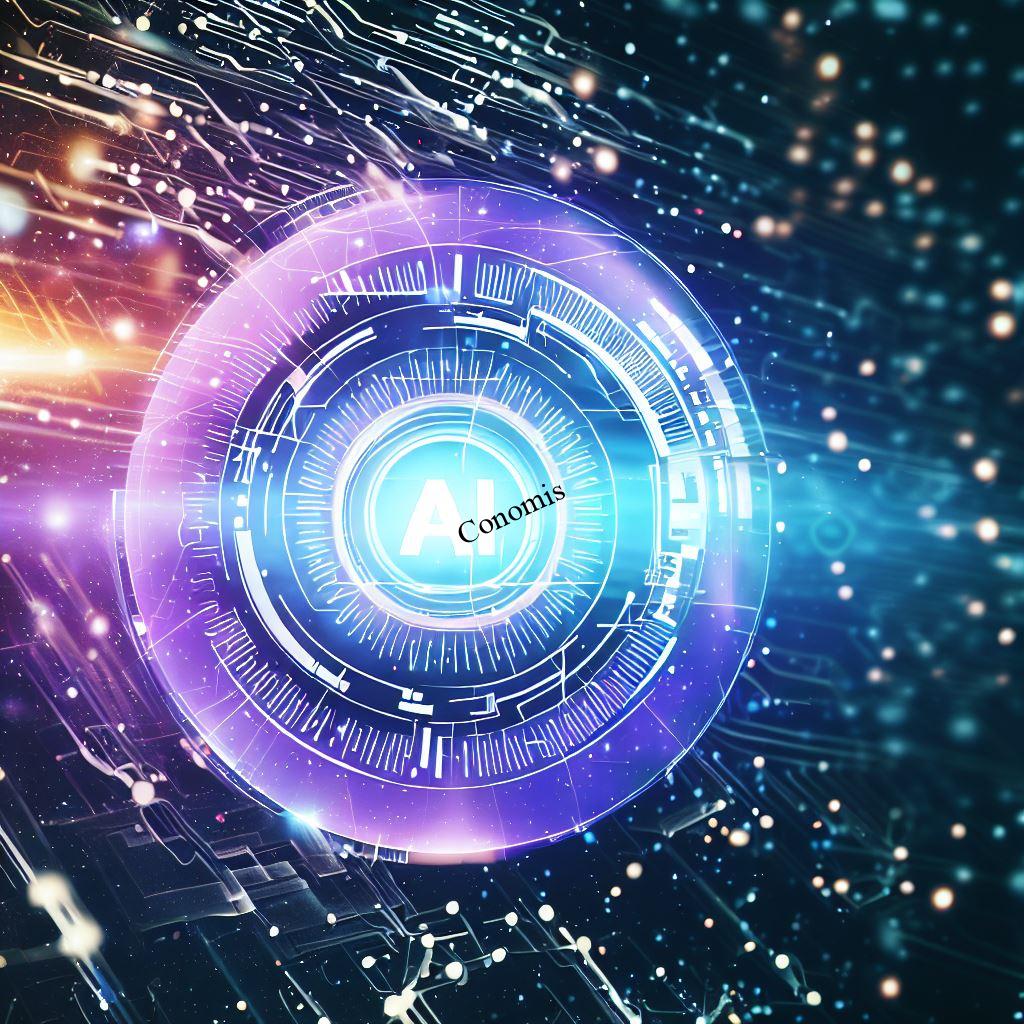
Moreover, the world of environmental conservation is witnessing revolutionary strides due to AI. Algorithms that monitor and predict climate changes, or those that track endangered species in vast wildernesses, are invaluable tools in the fight against global warming and biodiversity loss.
In essence, while predicting market trends and streamlining logistics are commendable AI feats, they are merely a prologue. The broader narrative of AI is rich, diverse, and continually evolving, promising a future where technology and humanity coalesce in harmony, unlocking potentials we’re only just beginning to fathom.
Transforming Global Interactions and Economies
The dawn of Artificial Intelligence (AI) has ushered in an era where technological advancements aren’t merely augmentations; they’ve become integral threads in the fabric of our global society. Today, tools powered by AI, whether they facilitate real-time translations or provide insights into global market trajectories, aren’t viewed as luxurious conveniences. Instead, they’re emergent necessities, pivotal cogs driving the machinery of our interconnected world.
Take real-time translations, for instance. In an age where cross-border collaborations define success in various sectors, the ability to break down linguistic barriers in real-time can mean the difference between a fruitful partnership and a missed opportunity. Such tools aren’t just facilitating communications; they’re empowering cultures to mingle, businesses to expand, and ideas to flourish on an unprecedented scale.

Similarly, in the complex labyrinth of global economies, where markets are intricately interwoven, AI-driven predictions have become invaluable. Financial institutions, traders, and policymakers lean heavily on AI models to decipher patterns, anticipate market shifts, and make informed decisions. In a landscape where a fiscal ripple in one part of the world can cascade into a tidal wave elsewhere, these predictive tools have become the lighthouses, guiding economic ships safely.
In essence, AI isn’t just about sophisticated algorithms or futuristic technologies. It’s about recognizing and catering to the evolving needs of our global society. As AI continues its upward trajectory, the lines between convenience and necessity will blur further, solidifying its role as a cornerstone in sculpting the emerging global order.
Synergy between Globalization, Technology, and AI
Mutual Benefits and Challenges
Artificial Intelligence (AI) and globalization are interwoven intricacies of the modern era, each influencing the other in myriad ways. AI, with its vast potential, has been an accelerative force behind globalization, dismantling traditional barriers, enhancing connectivity, and fostering international collaborations. However, this symbiotic relationship is not without its complexities.
On the one hand, AI is a boon for globalization. Through AI-driven tools, real-time translations have become a reality, enabling seamless communication across linguistic divides. Similarly, machine learning models optimize supply chains, ensuring products reach global markets efficiently. Furthermore, AI’s predictive analytics help businesses and governments anticipate global trends, allowing for proactive decision-making. In essence, AI acts as a catalyst, propelling globalization to new heights.
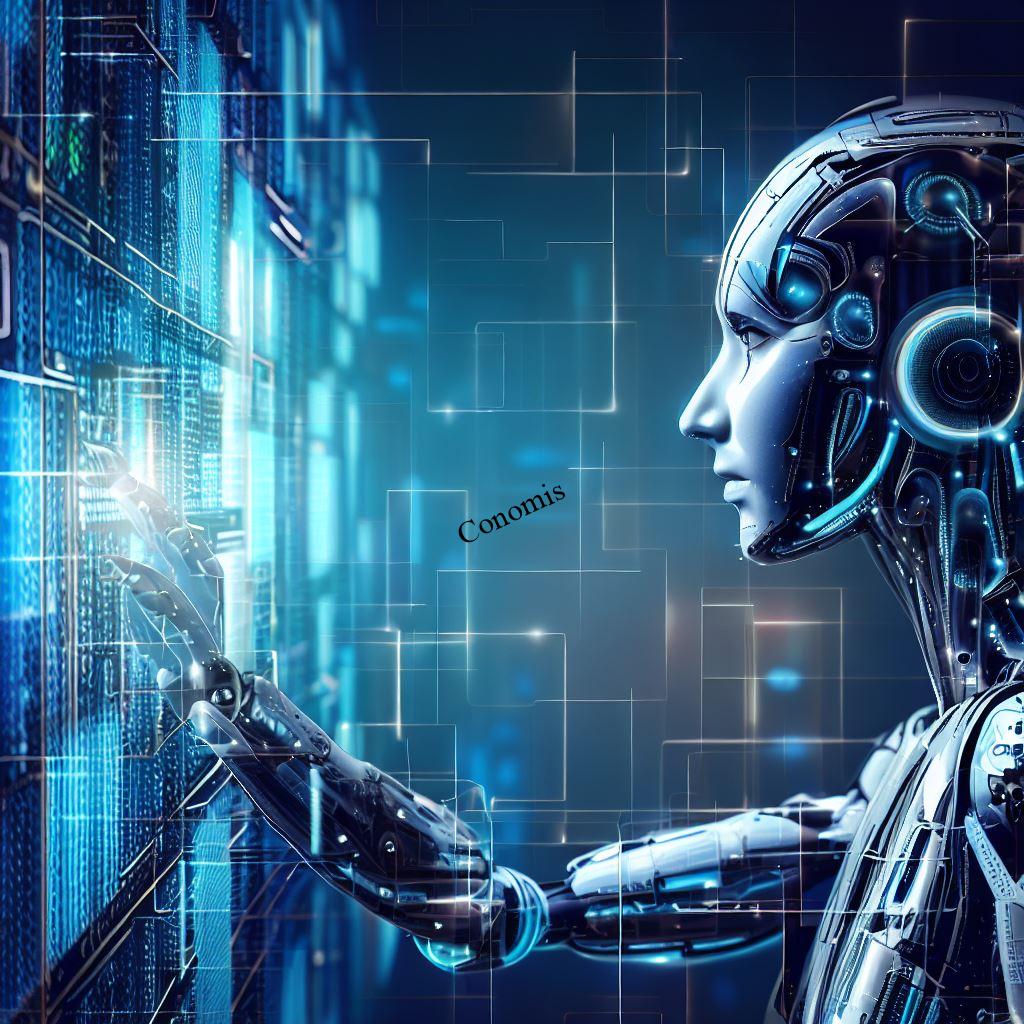
However, the journey is not without its hurdles. As AI becomes increasingly integral to global operations, ethical dilemmas surface. Questions regarding data privacy, consent, and AI’s role in decision-making processes become focal points of debate. How do we ensure AI models, trained on diverse global data, are free from biases? How do we strike a balance between AI-driven automation and potential job losses?
Additionally, the international nature of AI operations underscores the need for universally accepted regulations. Crafting AI guidelines that cater to diverse cultures, economic realities, and societal norms is a formidable challenge. Ensuring these guidelines are adhered to, especially when national interests might diverge, adds another layer of complexity.
In conclusion, while AI’s role in bolstering globalization is undeniable, it comes intertwined with challenges. Navigating this dynamic landscape requires concerted international efforts, foresight, and a commitment to harnessing AI’s potential responsibly.
Real-world Examples of AI-driven Globalization
The fusion of Artificial Intelligence (AI) with globalization has materialized in tangible ways, influencing sectors far and wide. This blend has enabled services and functionalities that once seemed futuristic but are now essential elements of our daily lives and global operations.
For starters, consider the world of global financial markets. The speed and volume of financial transactions have reached a point where human capabilities are often outmatched. Enter AI-driven trading systems. These sophisticated models can analyze vast amounts of market data in real-time, making split-second decisions based on intricate algorithms. They spot patterns and anomalies that might escape the human eye, capitalizing on fleeting market opportunities. This not only maximizes profit margins but also ensures market stability by quickly responding to financial anomalies.
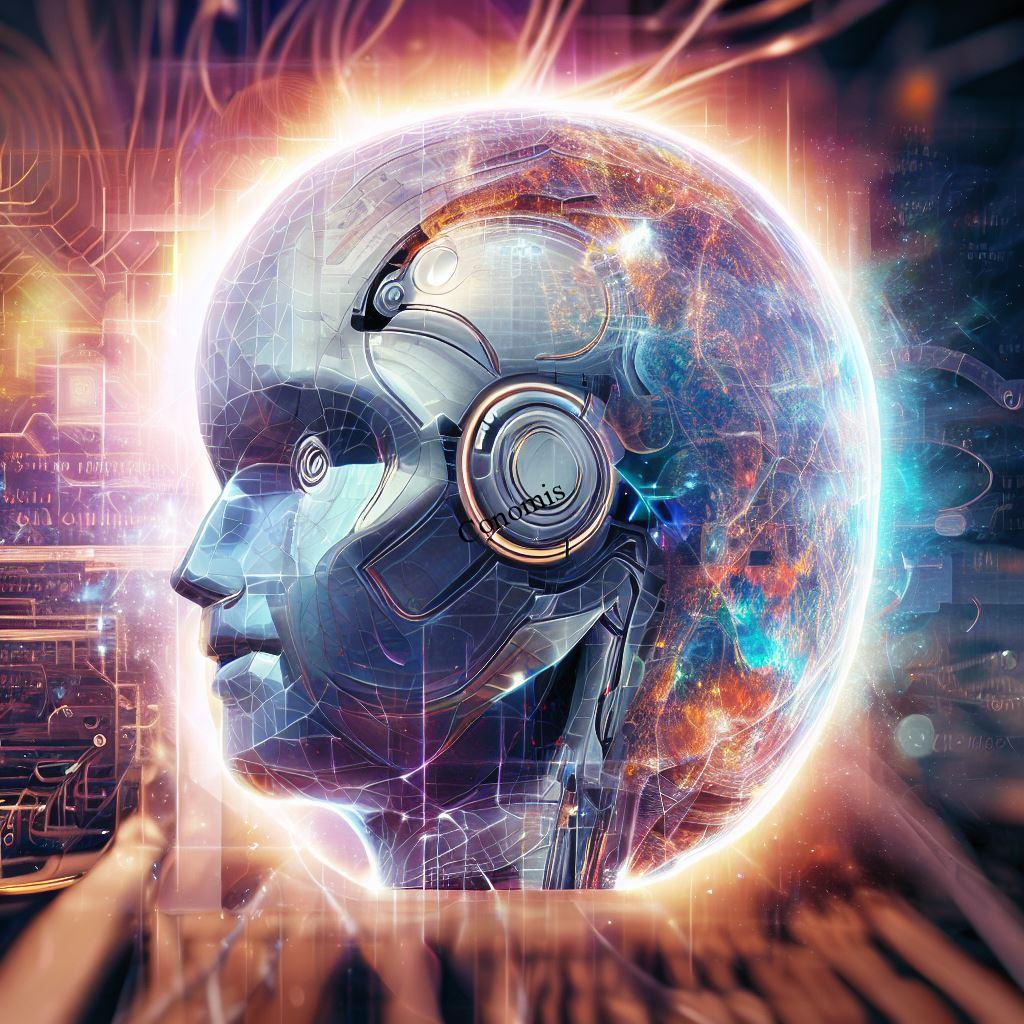
Another emblematic example is the transformative landscape of international education. Digital platforms now reach learners across the globe, but with the integration of AI, these platforms have evolved beyond mere digital textbooks. AI-powered education platforms can offer personalized learning experiences, adjusting content delivery based on individual student performance. If a student struggles with a specific concept, the system can identify the difficulty, provide additional resources, or modify the teaching approach. This level of customization ensures that learners, irrespective of their geographic location, receive tailored educational experiences, leveling the playing field for students worldwide.
These real-world applications underscore the transformative potential of AI in the age of globalization. As AI continues to evolve, its integration into global systems will undoubtedly produce even more groundbreaking innovations.
Resource Scarcity: The AI Perspective
AI’s Role in Resource Management and Prediction
Artificial Intelligence (AI) has emerged as a game-changing force in numerous sectors, but its impact on resource management and prediction is particularly profound. As the global population burgeons and resources become increasingly scarce, the importance of optimizing their utilization and predicting future needs becomes paramount. AI offers solutions that are not only innovative but also sustainable.
Take the case of water, an indispensable resource that’s alarmingly scarce in many parts of the world. Using AI, we can now analyze vast datasets, ranging from satellite imagery to ground sensor data, to predict water shortages. These predictive models can highlight potential drought regions, allowing governments and communities to implement conservation measures proactively.
In agriculture, a domain critically tied to the world’s food supply, AI introduces unprecedented efficiency. Advanced algorithms can assess soil health, predict weather patterns, and even offer insights into pest control. By optimizing irrigation, fertilization, and harvesting schedules, AI ensures maximum yields while minimizing resource wastage.
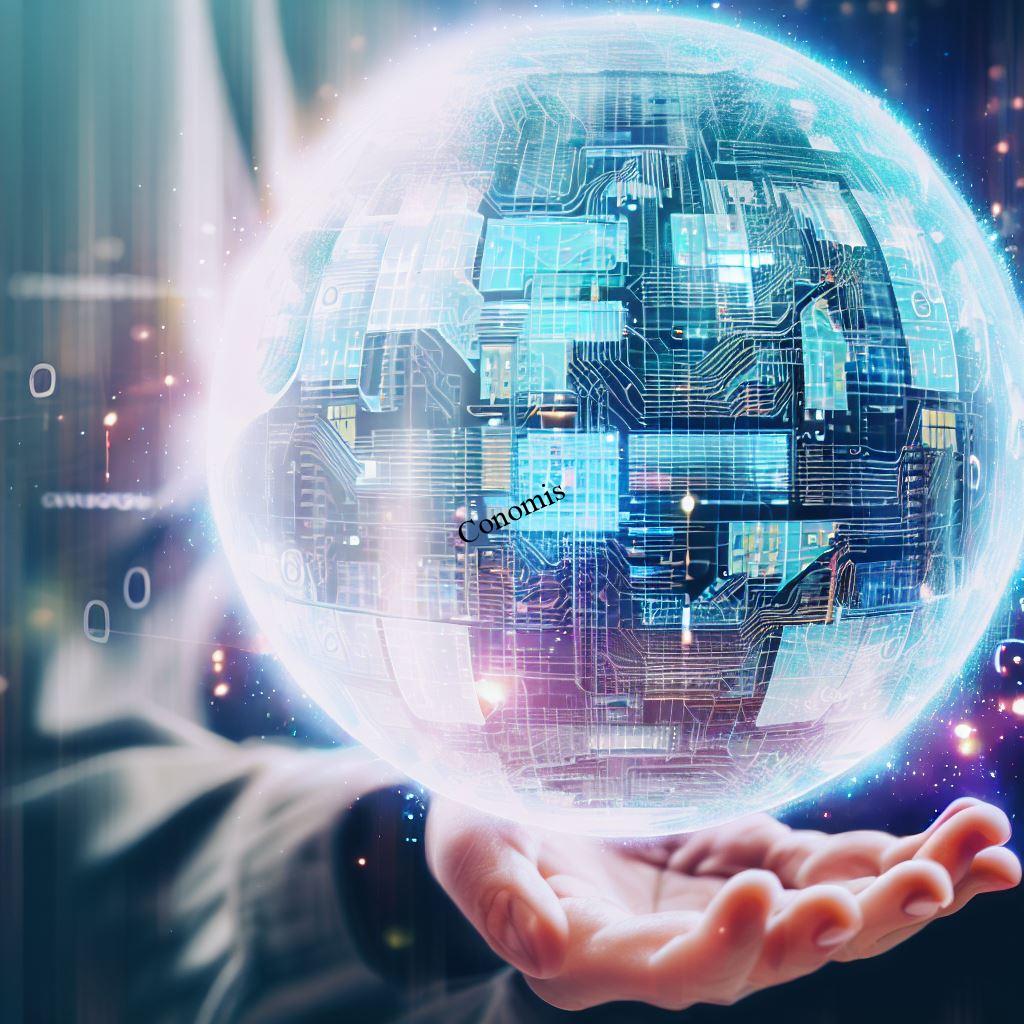
Similarly, in the arena of global energy consumption, AI plays a pivotal role. As the world grapples with the twin challenges of rising energy demands and environmental conservation, AI-driven solutions are stepping up. Smart grids, powered by AI, can manage and distribute energy based on real-time demands, ensuring minimal wastage. Moreover, AI systems can predict energy consumption patterns, guiding investments into renewable energy sources accordingly.
In essence, as the globe faces mounting challenges related to resource management, AI emerges as a beacon of hope. Its ability to predict, optimize, and innovate paves the way for a future where resources are managed with foresight and responsibility.
Global Solutions Using AI
In the age of digitalization, Artificial Intelligence (AI) has rapidly risen as a cornerstone for crafting global solutions. Its capabilities, spanning from data analytics to machine learning, have forged pathways that were once considered unattainable. One of AI’s most transformative applications lies in its ability to bridge the gap between resource providers and those desperately in need, thereby streamlining distribution and utilization on an unprecedented scale.
Imagine a world where a farmer in a remote village, grappling with unpredictable weather patterns, receives real-time advice from an AI system. This system, having analyzed global climatic data, provides tailored recommendations to maximize crop yields. Simultaneously, AI-driven platforms can match this farmer’s produce with markets or communities in dire need, ensuring his efforts find the right consumers without wastage.
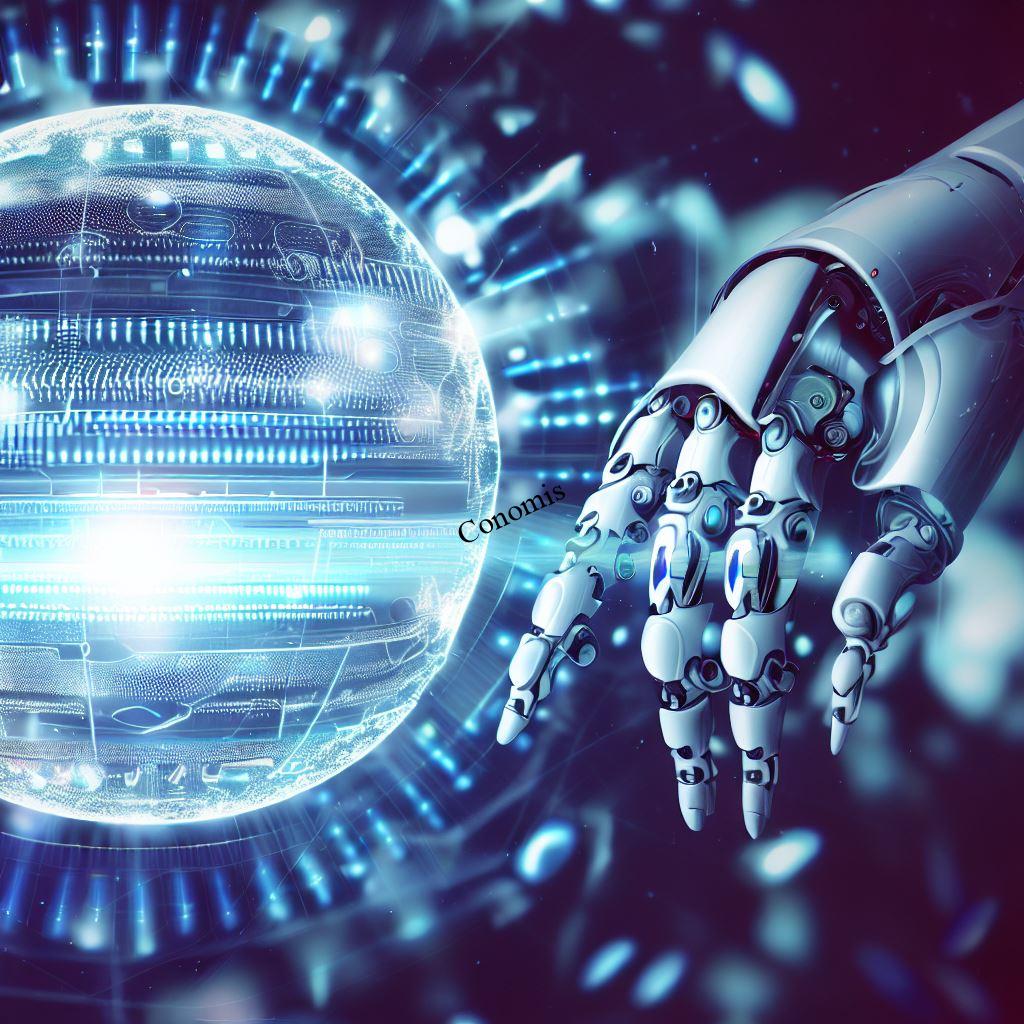
Moreover, consider the realm of healthcare. In many regions, medical resources are scarce, and the demand far outstrips the supply. AI can predict medical resource requirements, from vaccine doses to essential medications, ensuring timely deliveries. Additionally, AI platforms can connect patients with medical experts across the globe, breaking geographical barriers and providing essential care.
On the sustainability front, AI-driven solutions are redefining waste management. By analyzing consumption patterns and waste generation, AI tools can direct recyclable materials to appropriate processing units, promoting a circular economy.
In essence, AI is not just a technological marvel; it’s a global problem solver. By connecting dots, predicting needs, and optimizing resources, AI-driven platforms are painting a brighter, more efficient future for all, demonstrating that with the right tools, we can address the planet’s most pressing challenges.
Opportunities from the AI, Tech, and Globalization Nexus
AI-Driven Solutions for Global Challenges
In the vast landscape of technology, Artificial Intelligence (AI) stands out as a luminary, promising innovative solutions to some of the world’s most daunting challenges. The sheer potential of AI transcends boundaries, offering a beacon of hope in domains as varied as healthcare and environmental conservation.
Dive deep into the realm of healthcare, and you’ll witness AI’s transformative touch. Traditional diagnostic processes, which once hinged on human expertise and were often time-consuming, are now being augmented by AI-driven systems. These tools can rapidly analyze medical imagery or patient histories, spotting anomalies or patterns that might evade the human eye. With AI, the early detection of diseases, ranging from cancers to infectious outbreaks, becomes more achievable, thereby improving prognosis and treatment outcomes.
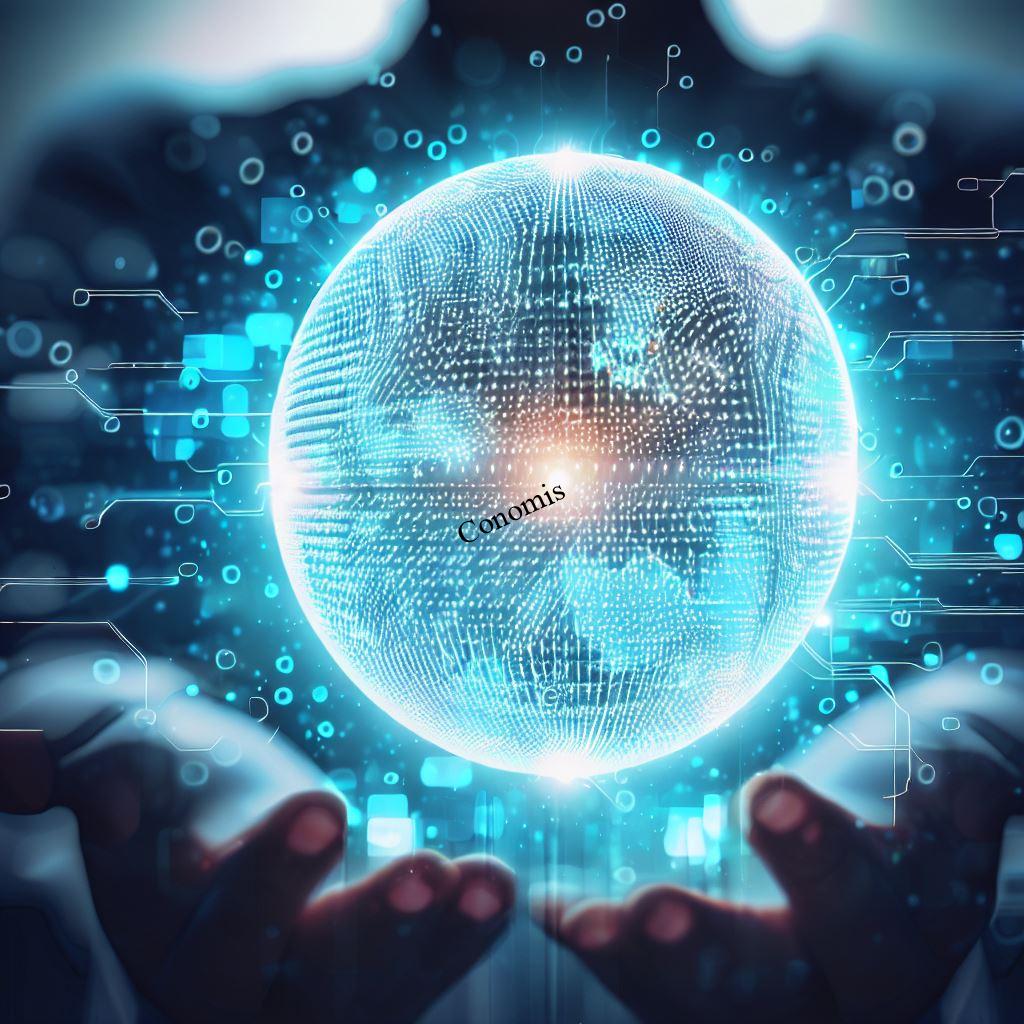
Venture into the environmental sphere, and AI’s impact becomes even more palpable. As the globe grapples with the multifaceted challenge of climate change, AI offers tools for both mitigation and adaptation. Sophisticated algorithms forecast weather patterns, enabling communities to prepare for extreme events. Similarly, AI-driven systems monitor greenhouse gas emissions, helping industries optimize their carbon footprints.
Moreover, in the fight against deforestation and habitat loss, AI-powered drones and sensors track changes in biodiversity, enabling swift interventions. The potential applications are boundless, from optimizing renewable energy grids to predicting water scarcity.
In essence, AI isn’t just a tool; it’s a revolutionary force. With its vast potential and ever-evolving capabilities, AI stands at the forefront, offering solutions and strategies to tackle global challenges head-on, painting a vision of a better, more sustainable world.
Expanding International Collaborations through AI
The advent of Artificial Intelligence (AI) has ushered in an era of enhanced connectivity and collaboration, transcending geographical barriers and historical limitations. AI, with its potent blend of data analytics, machine learning, and predictive modeling, acts as a catalyst, magnifying the potential of international collaborations in realms from cutting-edge scientific research to holistic humanitarian initiatives.
Consider the domain of scientific research. Traditional research methodologies, while effective, were often siloed, bound by institutional or national constraints. Today, AI-powered platforms enable scientists from disparate parts of the globe to share data, insights, and findings in real-time. These collaborative networks accelerate discoveries, be it in genetics, astrophysics, or climate science. AI not only processes vast datasets at unprecedented speeds but also identifies patterns and correlations that might elude human researchers, thus amplifying the fruits of collaborative endeavors.
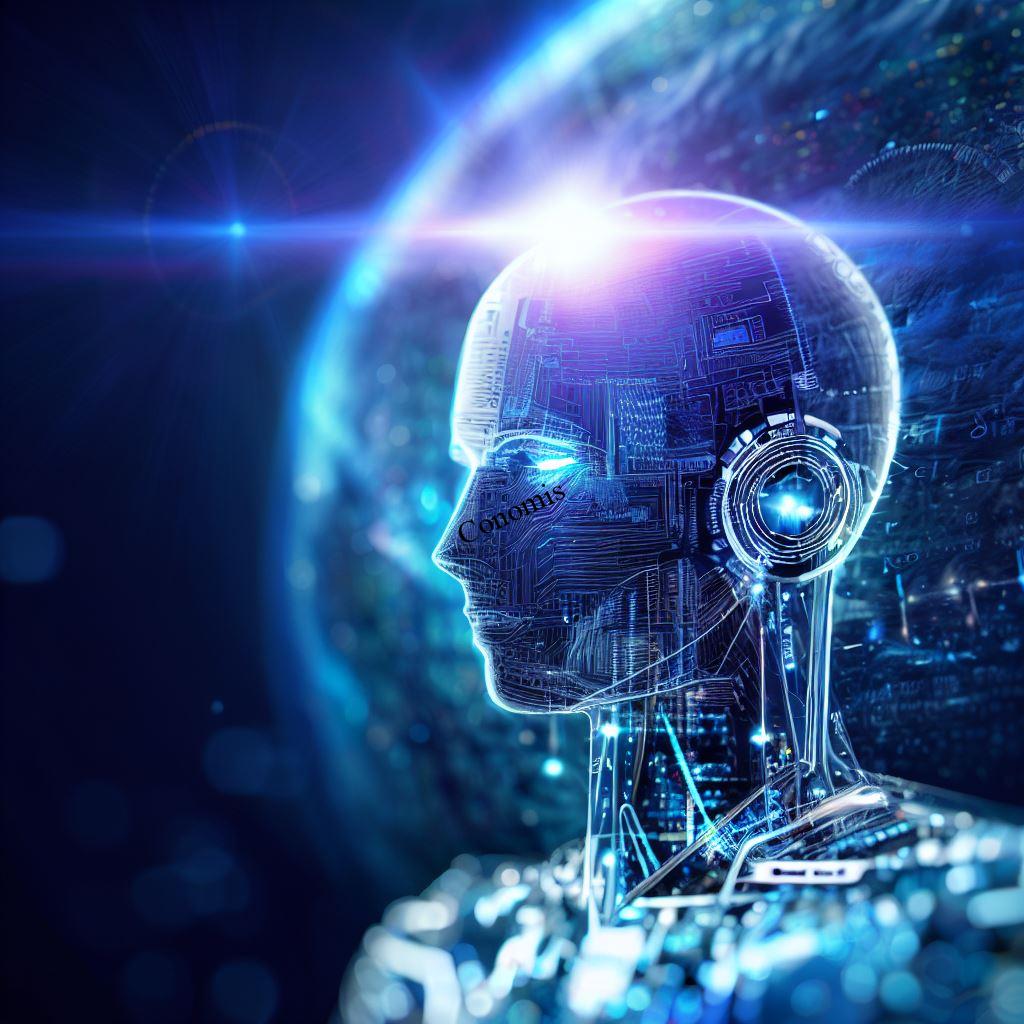
Switch focus to global humanitarian efforts, and AI’s transformative role becomes evident. Humanitarian crises, whether borne from natural disasters or conflicts, necessitate swift, coordinated responses. AI-driven tools assist by mapping crisis zones, predicting resource requirements, and even optimizing supply chain logistics. Moreover, they enable global communities to pool resources, knowledge, and expertise, ensuring that aid reaches those in dire need efficiently.
In essence, AI acts as the linchpin, binding global communities together in a tapestry of collaborative ambition. By bridging gaps, AI ensures that distance and disparity no longer hinder collective progress. Through AI’s lens, the world isn’t just a collection of nations or entities; it’s a cohesive unit, striving together to address challenges and harness opportunities.
Potential Risks and Impediments
Ethical Concerns in Global AI Deployments
The meteoric rise of Artificial Intelligence (AI) in global scenarios offers boundless possibilities, from medical breakthroughs to unprecedented connectivity. However, this vast potential is not without its pitfalls. As AI becomes more ingrained in international landscapes, pressing ethical concerns, particularly data privacy, surveillance, and algorithmic biases, emerge and demand universal, cohesive solutions.
Data privacy stands at the forefront of these ethical quandaries. In an age where data is likened to oil, the collection, processing, and dissemination of personal information by AI systems present profound implications. Without stringent safeguards, individuals’ intimate details could be misused, leading to breaches of privacy or even identity theft. For global entities deploying AI, respecting and protecting individual data sovereignty becomes paramount.
Closely linked to data privacy is the specter of surveillance. Advanced AI-powered systems can monitor, track, and analyze individuals’ actions, sometimes without their consent or knowledge. The potential for misuse, from government-led surveillance to corporate espionage, is high, and the line between security and infringement of rights becomes blurred.
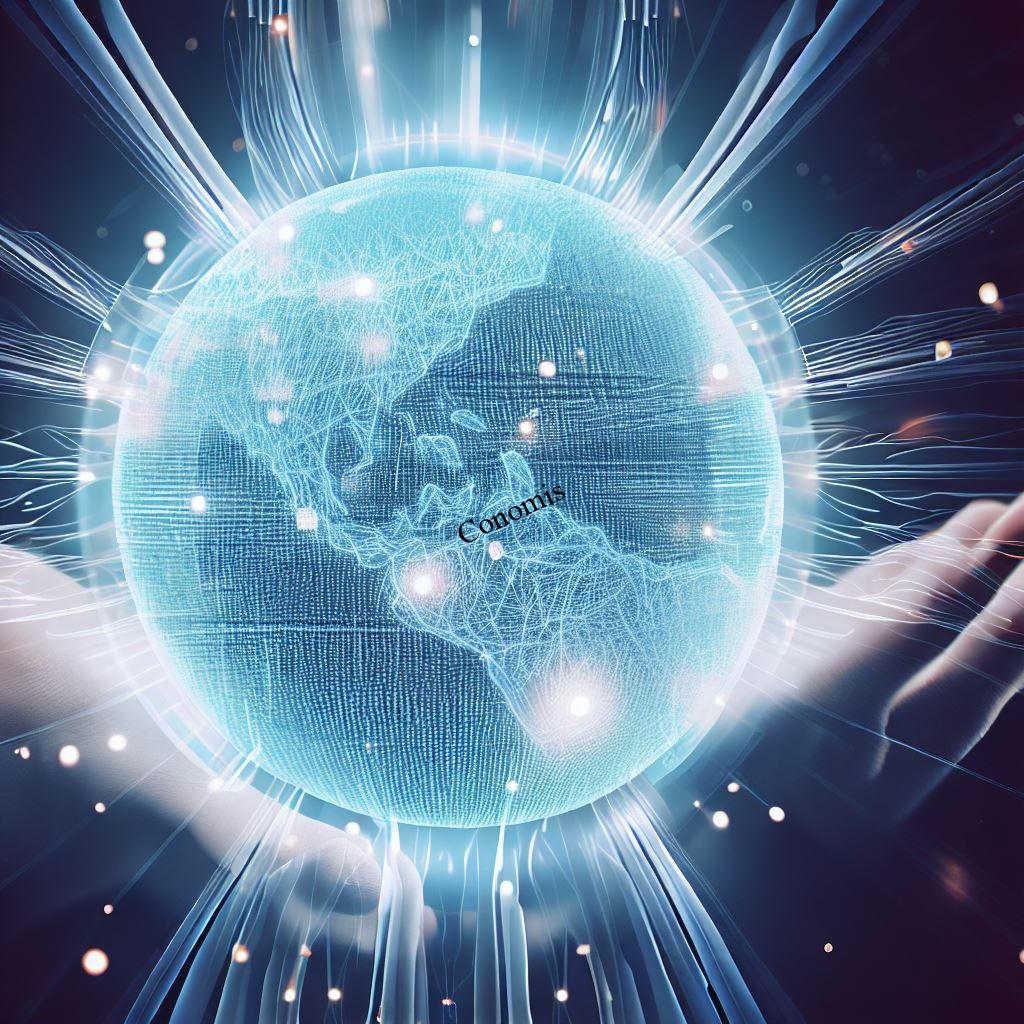
Perhaps the most insidious concern is that of biased algorithms. AI systems are only as good as the data they’re trained on. If this data is skewed, carrying inherent biases, the AI models can perpetuate or amplify these biases. In global deployments, this can lead to systemic discrimination, affecting marginalized communities.
In conclusion, while AI’s potential in global scenarios is undeniable, it carries with it ethical concerns that cannot be ignored. A concerted, universal approach, driven by ethical considerations and respect for individual rights, is crucial to harness AI’s potential responsibly.
Environmental and Socio-economic Impacts
The technological marvel that is Artificial Intelligence (AI) is undeniably revolutionizing sectors across the board. However, as its footprint expands, it’s becoming increasingly crucial to evaluate its environmental and socio-economic implications, both of which present a dual-edged sword.
On the environmental front, the rise of AI and its accompanying data centers brings with it significant energy consumption. These sprawling infrastructures require vast amounts of power to run, leading to increased demands on power grids and consequently, higher greenhouse gas emissions. While innovations are underway to develop energy-efficient AI models and sustainable data centers, the present scenario underscores the urgency to strike a balance between technological advancement and environmental stewardship.
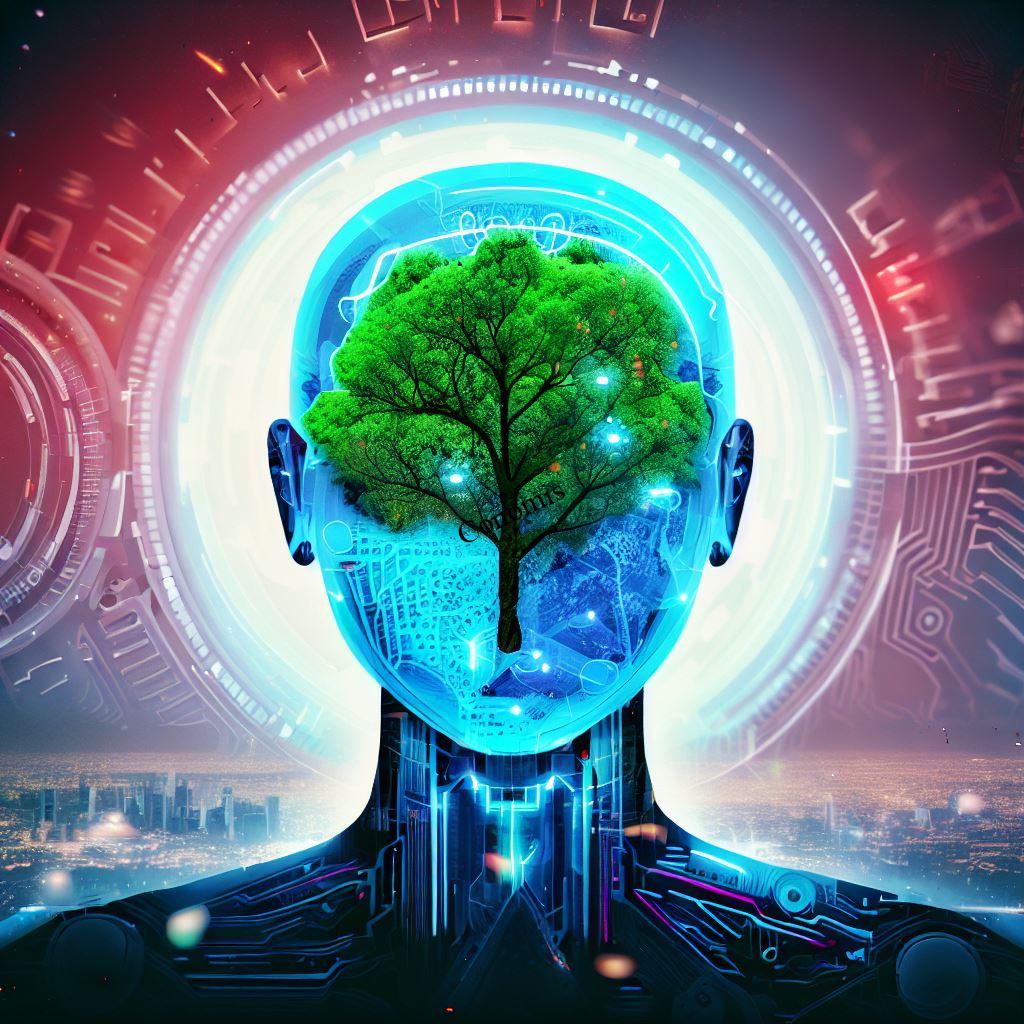
In tandem with environmental considerations, the socio-economic impacts of AI are equally pressing. The automation capabilities of AI, while optimizing processes and driving efficiencies, raise concerns about job displacements. Tasks that were once human-centric are now being automated, from manufacturing lines to customer service roles. While AI opens doors to new professions and skill sets, the transitional phase can lead to job losses and require significant workforce re-skilling.
Furthermore, there’s the potential for economic inequalities to widen. As industries invest in AI, there’s a risk that the benefits might disproportionately favor capital owners over laborers. Addressing this requires proactive policies and investment in education and training.
In essence, the AI evolution, while promising a brighter future, carries with it tangible challenges. Navigating its growth requires a holistic approach, considering not just technological advancements, but the environmental and socio-economic ripples they create.
Embracing the AI-driven Global Future
Opportunities and Innovations Ahead
As we navigate the 21st century, two dominant forces are shaping our global trajectory: Artificial Intelligence (AI) and globalization. Together, they herald a transformative era brimming with opportunities and ground-breaking innovations.
At the intersection of AI and globalization lies the potential for a more interconnected, efficient, and informed global community. AI, with its vast capabilities ranging from predictive analytics to machine learning, offers tools to bridge cultural and geographical divides. Imagine real-time translations that remove language barriers or AI-driven platforms that foster cross-border collaborations, be it in research, commerce, or cultural exchanges.
Moreover, the global marketplace stands to gain immensely. AI can optimize international supply chains, forecast market trends with heightened accuracy, and personalize consumer experiences on a scale previously deemed unattainable. This not only drives economic growth but also paves the way for micro-entrepreneurs and small businesses to access and thrive in global markets.

In the realm of innovation, the fusion of AI and globalization is catalyzing breakthroughs in healthcare, environmental conservation, and even space exploration. Global research teams, empowered by AI tools, can collaborate seamlessly, accelerating discoveries and sharing knowledge without the constraints of physical boundaries.
However, with these opportunities come responsibilities. It’s imperative to ensure that the benefits of this convergence are equitably distributed and that potential challenges, from ethical concerns to socio-economic disparities, are addressed proactively.
In conclusion, as AI and globalization intertwine, we find ourselves at a pivotal juncture. Embracing this dynamic duo offers a vision of a reimagined global order, rich in opportunities and boundless in its innovative potential.
Sustainability in the Age of AI and Globalization
The dawning of the AI and globalization age presents a unique paradox: unparalleled potential coupled with unprecedented challenges. At the heart of this new era lies a critical imperative: sustainability. As technologies advance and global boundaries blur, ensuring that our actions, innovations, and interconnectedness are rooted in sustainable and ethical principles becomes paramount.
Artificial Intelligence, with its vast capabilities, offers tools that can significantly aid in sustainability endeavors. Consider environmental conservation: AI-driven models can predict climate patterns, monitor deforestation in real-time, and even strategize renewable energy deployments. In the realm of global trade, AI can optimize supply chains to reduce waste, enhance resource efficiency, and promote circular economy principles.
Yet, alongside these promises, there’s the need to address the energy footprint of AI itself. Massive data centers that power AI processes consume significant energy, emphasizing the need for green and renewable energy sources in AI operations.
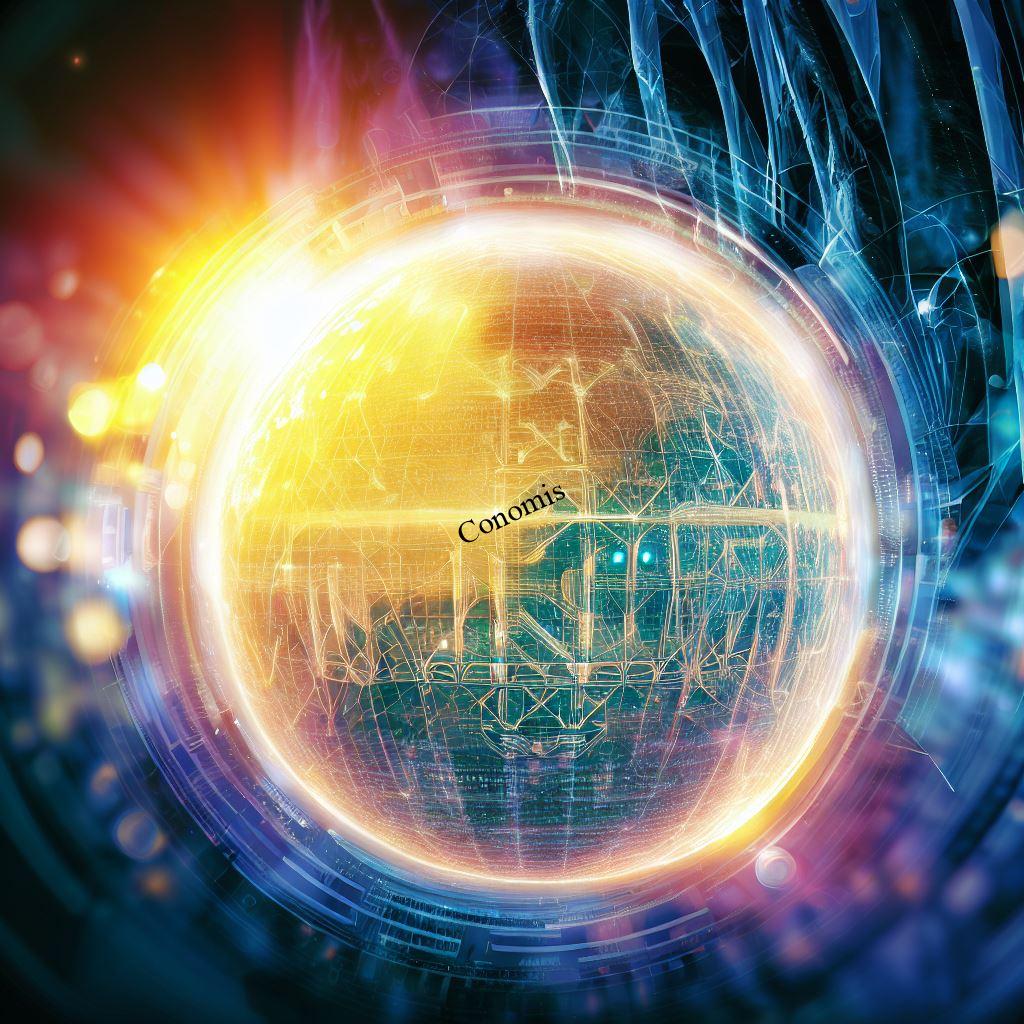
Beyond the environmental spectrum, sustainability in this context also encompasses socio-economic facets. As AI reshapes job landscapes, ensuring that individuals are reskilled and that economic benefits don’t concentrate among a few becomes essential. Ethical considerations, from data privacy to unbiased algorithms, further underline the sustainability narrative.
Globalization, by knitting the world closer, reinforces the idea that our collective actions have global repercussions. In this interconnected tapestry, championing sustainable and ethical AI practices isn’t just an idealistic pursuit; it’s a necessity.
In essence, as we venture deeper into the AI and globalization epoch, our compass must be firmly set on sustainable trajectories, ensuring the holistic well-being of our shared planet.
Conclusion
In the vast landscape of technological evolution, Artificial Intelligence (AI) stands out as a beacon of transformative potential. Its ripple effects are palpable across sectors, industries, and borders, underscoring its instrumental role in redefining globalization for the 21st century.
The promise of AI is multi-dimensional. From enhancing international communication through real-time translations to driving global economic growth via intelligent market predictions, AI acts as the bridge that interconnects disparate parts of the world. It has the capability to make the world not just smaller, but also smarter. It brings distant cultures, markets, and ideas closer, enabling collaborations and innovations that previously seemed beyond reach.
However, like all powerful tools, AI also presents challenges that need astute attention. Ethical concerns about data privacy, potential job displacements due to automation, and the environmental footprint of vast AI infrastructures are among the critical issues that come to the fore. Addressing these challenges isn’t just a matter of technical or policy adjustments; it’s about envisioning and creating a new global paradigm that is both inclusive and sustainable.

By understanding and harnessing the dual nature of AI – its immense promise and its associated challenges – we stand at the cusp of a new era. An era where technological prowess complements human values, and where globalization is not just about interconnected economies, but also about shared responsibilities and aspirations.
In summation, as we navigate this AI-driven chapter of globalization, our collective efforts must be directed towards embracing its transformative essence while ensuring a future that is harmonious, prosperous, and truly interconnected for all.
FAQs
How is AI revolutionizing globalization?
AI streamlines and enhances global interactions, from trade to communication, making real-time global collaborations a reality.
Are there challenges in merging AI with global systems?
Yes, ethical concerns, regulatory disparities, and socio-economic impacts are among the challenges in this convergence.
How can AI help in managing global resources?
AI can predict shortages, optimize resource distribution, and drive efficient consumption across global sectors.
Who are the key players in AI-driven globalization?
Countries, multinational corporations, AI startups, and tech innovators are all central to this new global framework.
How does AI impact the socio-economic aspects of globalization?
While AI can drive growth, it also brings challenges like job displacement, requiring global strategies for workforce adaptation.
You Can Also Read
https://en.wikipedia.org/wiki/Globalization
https://www.nber.org/papers/w28453
Conomis Thoughts
![]() Copyright 2023 CONOMIS
Copyright 2023 CONOMIS

